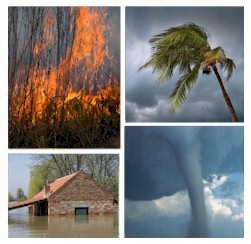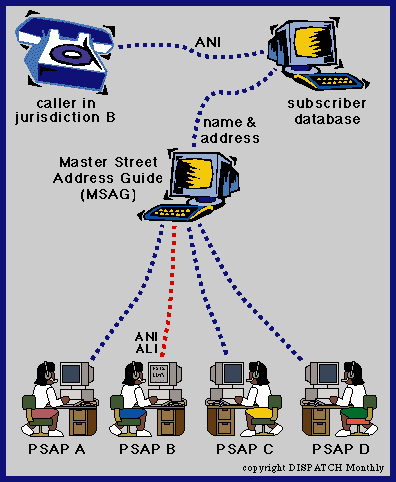|
|


Emergency Notification Systems
 This section of our technical library presents articles written about Emergency Alert Systems and Disaster Recovery definitions, terms and related information.
This section of our technical library presents articles written about Emergency Alert Systems and Disaster Recovery definitions, terms and related information.
The 911Broadcast emergency notification and alert service can deliver a large number of phone calls using a network of phone systems employing digital phone lines simultaneously. Should a disaster such as a snow storm, wild fire or flood hit your area, 911Broadcast systems can alert your community quickly providing specific instructions if an evacuation is required.
This service is available using our emergency broadcasting systems. If a dangerous chemical spill occurs in your community, you can target specific areas to call. If a severe snow storm hits your area, your community can be notified of school closings or event cancellations.
911 Background and Information
The following is an extract from the article "911 - The Untold Story" found on the website www.911dispatch.com.
"The concept of 911 is very simple---recognize when the numbers 9-1-1 are dialed from any telephone, allow no-coin calls from pay telephones, route the call to the jurisdiction where the call is originated, and in an Enhanced 911 (E911) system, display the callers telephone number and address in the comm center.
The first call on 911 was made from a telephone in Haleyville (Ala.) on February 16, 1968.
The technology of performing this concept takes many forms. However, there are some basic building blocks. In other countries, in fact, they've adopted other digits for reporting emergencies. As of 1992, the European Union has mandated that its member states adopt 112 as their emergency number, but allowed participating countries to operate that number simultaneously with their previous three-digit emergency number. [EU legislation] A larger group of 43 European nation's belongs to a Telecommunications Conference, which lists their emergency numbers.
First, telephone companies already maintain a subscriber database listing every assigned telephone number, the subscriber's name, address and billing information.
Second, the telephone system already identifies the telephone number for every call placed, in order to properly bill the subscriber each month. This is known as Automatic Number Identification (ANI).
An E911 system adds a third component to the system---a Master Street Address Guide (MSAG). This database cross-references every assigned telephone number, subscriber's address and the block number ranges for every street, in every jurisdiction served by the telephone company.
The location, administration and structure of the MSAG is different among the seven regional Bell companies and the many independent telephone companies. Some companies maintain local databases, while others maintain just one or two database sites for their entire, multi-state territory. In either case, the ability to send data at the speed of light means that transactions occur very quickly.
Fourthly, most telephone company have built special switches and networks to carry 911 traffic, so that other telephone company traffic will not intefere with 911 operations, and 911 traffic is protected from power failures and other system problems.
Now, when a caller dials 911, the call is recognized by the telephone company central office switch and routed to the 911 network. The ANI (telephone number) information is decoded through a subscriber database to obtain the caller's address and other information.
Next, the call is processed---sometimes simultaneously---through the MSAG to obtain the ID code of the agency that should handle the call. The 911 network then routes the voice and ANI/ALI information to the correct agency. The ANI/ALI information is displayed when the call-taker answers and, at some agencies, the call information is printed out when the call is completed.
At most agencies, E911 also allows an agency to transfer a 911 call to another PSAP or to any seven-digit number. If a 911 call is transferred to another PSAP, the ANI/ALI information is transferred along with the voice call, so the other call-taker can also view the information.
The Mid-America Regional Council (MARC), which administers the 911 system in the Kansas City (Mo.) area, has a great Web site explaining the history of their E911 system....."

|




 This section of our technical library presents articles written about Emergency Alert Systems and Disaster Recovery definitions, terms and related information.
This section of our technical library presents articles written about Emergency Alert Systems and Disaster Recovery definitions, terms and related information.
